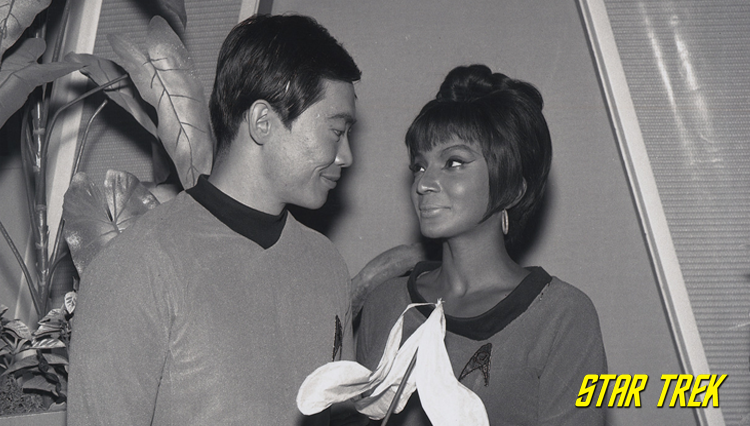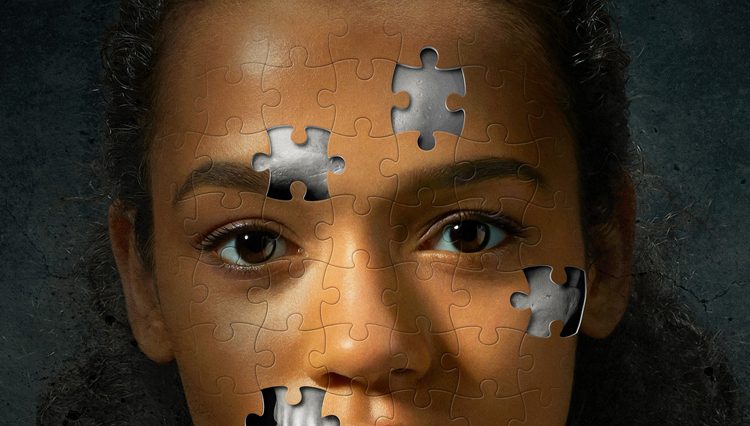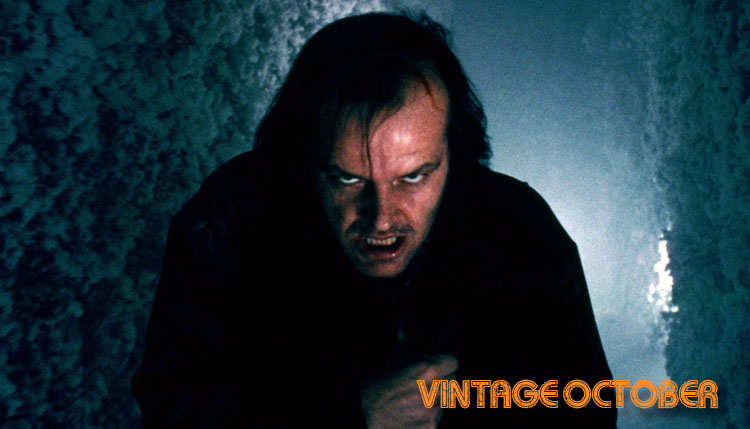
“Wendy? Darling? Light, of my life. I’m not gonna hurt ya. You didn’t let me finish my sentence. I said, I’m not gonna hurt ya. I’m just going to bash your brains in!”
The Shining, 1980 (Jack Nicholson) Warner Bros.
I don’t know how often the word, “deconstruction” comes up in reviews of horror movies. I know I’ve seen the word, “postmodern,” too often in terms of any genre of film. In the case of The Shining, director Stanley Kubrick (working with Diane Johnson) removes all traces of individuality from Stephen King’s 1977 book and transplants his own ideas.
The book is a typical haunted house story with a residue of humanity in the form of Jack Torrance’s drinking and history of domestic violence. He’s a man who wants to do the right thing. He’s a man who loves his wife and son. He’s a man who ultimately sacrifices himself to destroy an evil hotel. The movie presents a bleaker vision, perhaps a more realistic scenario of a man consumed in his vices; a man who hates the domestic life written for him, and most of all, hates his wife and son whom he regards as the custodians of his soul keeping him imprisoned in a banal existence.
This was one of King’s chief complaints about the 1980 adaptation of one of his most famous works. King, at the time of the movie’s release, stated Kubrick and Johnson “set out to make a horror movie without any apparent understanding of the genre.” Read into that what you will, but it seems to me King just wanted a standard, pedestrian horror film that stayed well within the lines of what had been made before. Because Kubrick dared to “deconstruct” his book, King took offense. The book is fine for what it is (it kept me up all night reading it as did most King books of that era), but the movie takes the material into viciously non-physical territory.
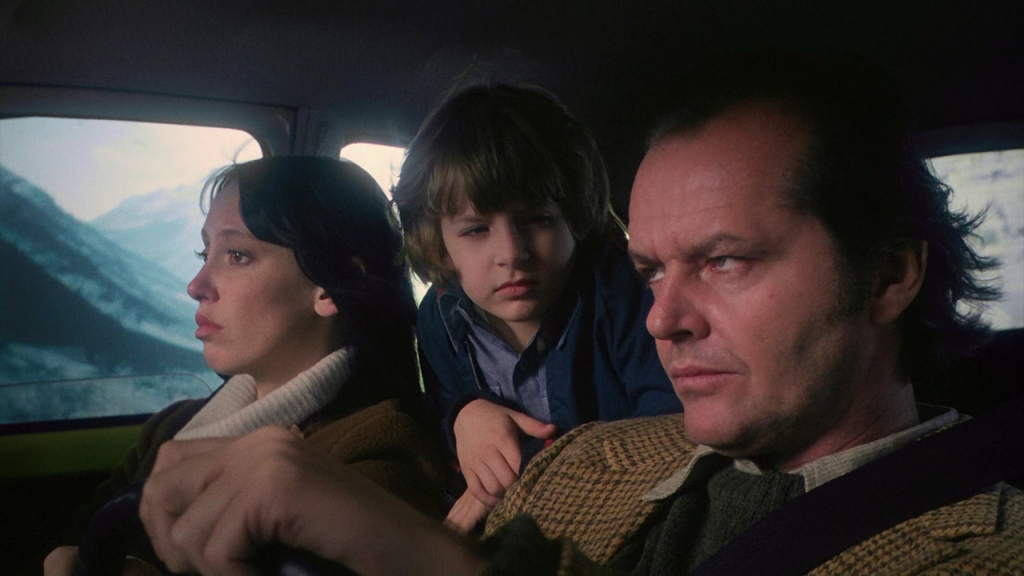
The juxtaposed imagery of mazes and prisons figures prominently in Kubrick’s visual prose, whether it’s the winding mountain roads leading to the Overlook Hotel, the enormous (and frightening) hedge maze situated next to the Hotel, or even the corridors (which lead to unusual dead-ends) inside the Hotel. The Hotel itself (from the outside) looks like a prison or a maximum security facility.
A frustrated, underemployed teacher/writer (and recovering alcoholic) named Jack Torrance (Jack Nicholson) takes a job as a caretaker for the Overlook in the off-season. Even in these enormous spaces, we have a sense of claustrophobia and family tragedy. The movie (through head chef Dick Halloran and manager Ullman) takes great pains to show us these people will not starve (their storage facilities rival most supermarkets), and they won’t freeze to death, and even if they get on each other’s nerves, they can move out into the rest of the Hotel.
When Halloran (Scatman Crothers) senses something in Danny Torrance (Danny Lloyd) akin to an ability he possesses — a kind of clairvoyance he describes as “shining” — Halloran surmises Danny knows about the Hotel’s troubled history. Danny, being a little boy, can only communicate what he sees through his “imaginary friend,” Tony. It’s a history of murder and imperialism that culminated in a previous caretaker’s slaughter of his family. What if we were to take all elements of demonic possession out of the story, and simply view it just as Kubrick once described it: “A man’s family going insane together?” The Shining makes complete sense if you consider that nothing the characters are seeing is truly happening.
It could be that the images are simply manifestations of the Overlook’s tragic history. Danny (through Tony) sees an elevator door open to release a flood of blood, but it doesn’t really happen. Jack carries on conversations with dead people, but they aren’t really there. Wendy sees skeletal party-goers covered in cob-webs (perhaps a reference to her love for ghost stories), but this couldn’t possibly happen.
When Torrance is advised by the ghost of a former caretaker to kill his family, it’s really just Jack telling himself to kill his family. When he finally goes around the bend and smashes through the bathroom door with an axe, we’re way past the point of believing anything we see, so the collective insanity in the movie makes perfect sense. Early in the movie, Ullman refers to the phenomenon as “cabin fever,” but I see it as a kind of folie en famille, the madness of family and an intellectual cannibalism, or survival of the craziest.
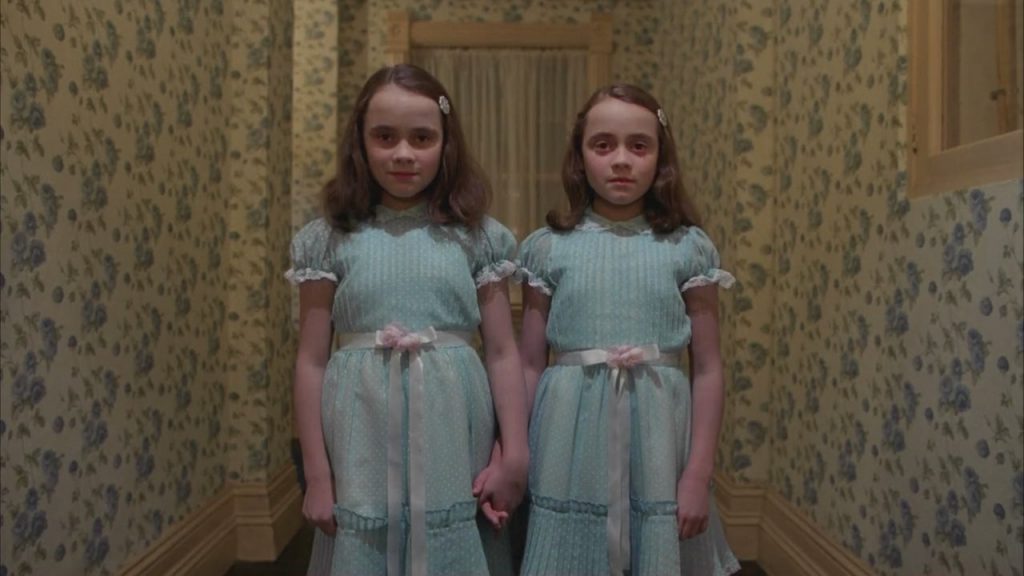
In the final analysis, it is revealed (through pictures) that Torrance was always the caretaker. He appears in a photograph of the “July 4th Ball” in 1921, manicured and decked out in a tuxedo with a smile on his face; a far cry from the lunatic shrieking “Here’s Johnny!” to his terrified wife, Wendy (Shelley Duvall). In the end, it is Wendy and Danny’s resourcefulness that ultimately defeats Jack’s singular purpose and leaves him trapped and frozen (literally and figuratively) in the maze of his madness. The Overlook Hotel is the embodiment of a personal Hell that a mother and son manage to escape and The Shining is a masterpiece of deconstructionist horror.


